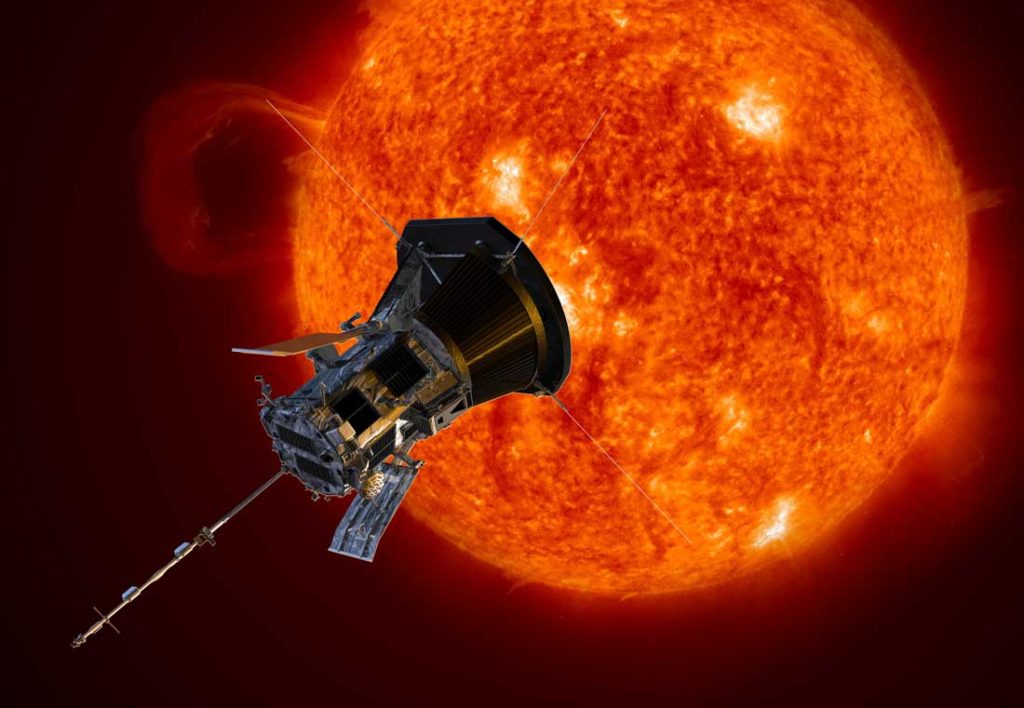
NASA’s Parker Solar Probe ventured closer to the Sun than any spacecraft before, reaching an unprecedented distance of 3.8 million miles from the solar surface during its 22nd pass.
This Christmas Eve maneuver set a new record for both proximity and speed, with the probe traveling at a staggering 692,000 km/h (430,000 mph), making it the fastest human-made object.
This latest flyby was particularly challenging due to the extreme conditions near the Sun. The spacecraft had to endure temperatures up to 1,800 degrees Fahrenheit (980 degrees Celsius) and navigate through intense solar radiation and solar wind.
The Parker Solar Probe’s design includes a 4.5-inch-thick carbon-composite shield that protects its scientific instruments from the Sun’s harsh environment.
Despite the successful flyby, the probe temporarily lost communication with Earth, a common occurrence due to the Sun’s interference with signals. Scientists and engineers at NASA and the Johns Hopkins Applied Physics Laboratory are awaiting a signal, expected on December 27, to confirm the probe’s health and the mission’s success.
The data collected during this close pass will contribute significantly to understanding solar activity, including solar wind, magnetic fields, and energy distribution within the Sun’s atmosphere. These insights could improve space weather predictions, impacting satellite operations, power grids, and even astronaut safety during solar events.
The mission, named in honor of astrophysicist Eugene Parker, who initially theorized the solar wind, has been a testament to human innovation in space exploration.
Launched in August 2018, the probe’s primary goal is to unravel the mysteries of the Sun’s corona, particularly why it’s significantly hotter than the Sun’s surface despite being further from the core.
The probe has another flyby scheduled for March 22, 2025.